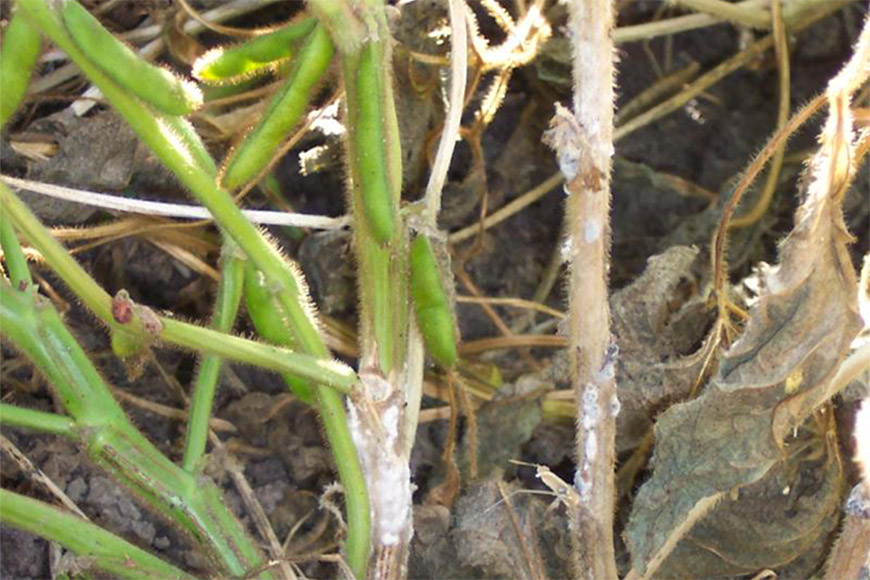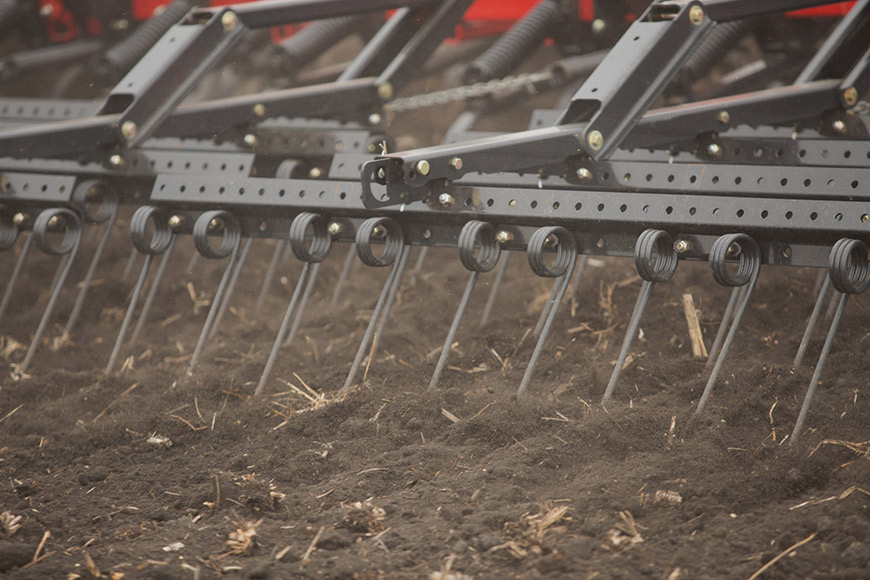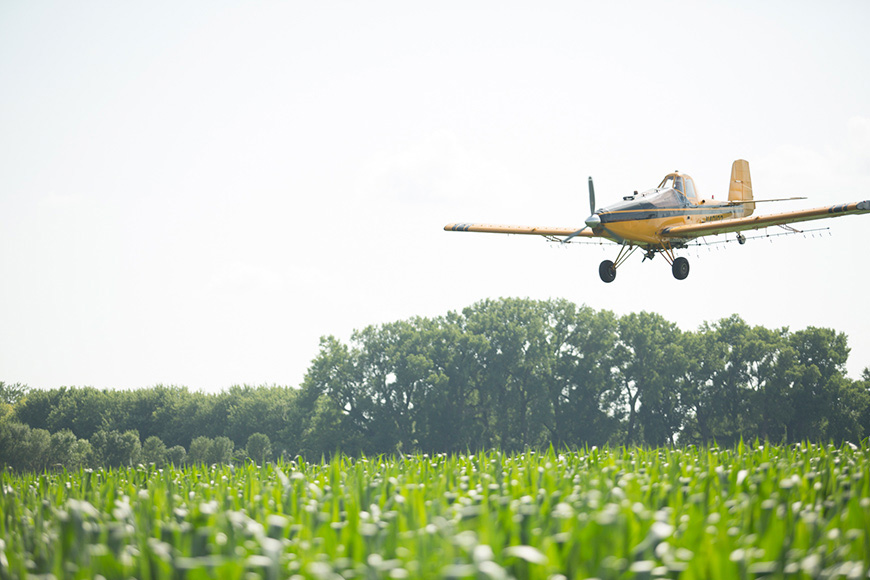Help Protect Corn From Tar Spot Pressure
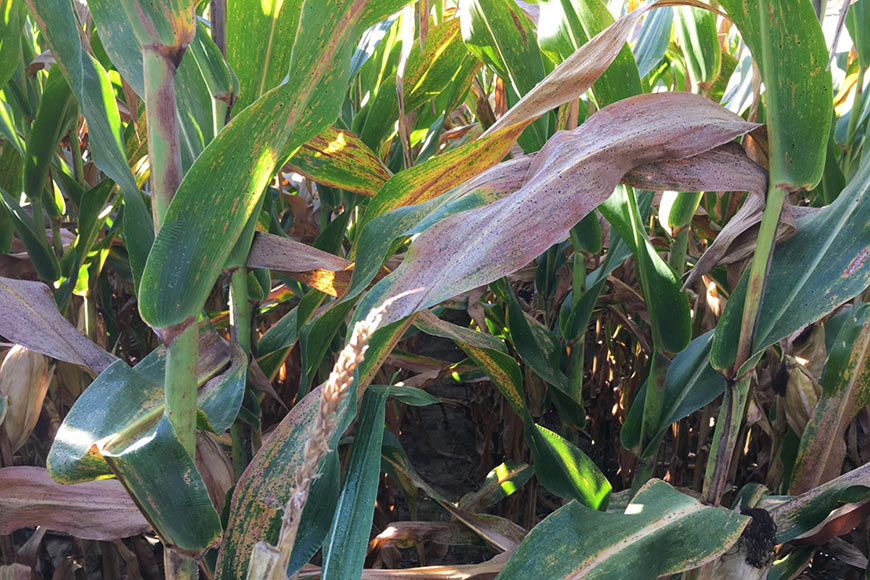
Tar spot is a relatively new disease in corn in the north central United States, but it already has a history of severely limiting yield potential. It was first identified in Indiana and Illinois fields in 2015 and had been isolated to select Midwestern geographies until the summer of 2018.
In 2019, states across the Midwest such as Indiana, Illinois, Iowa, Ohio, Michigan, and Wisconsin were plagued by tar spot. It’s also been found as far south as Florida. There have been reports of heavy-pressure fields losing between 30 and 50 percent of their yield potential due to the disease. If you’re farming in areas where tar spot has been spotted, here are some recommendations to help protect your corn this season.
Track environmental conditions
Tar spot, like most fungal diseases, thrives under moist conditions. It requires cool temperatures (60 to 70 degrees Fahrenheit), high humidity and prolonged periods with wet leaves to infect crops. Although we’re still learning about how tar spot overwinters, there are good indications that the inoculum can remain on crop residue and reinfect crops under the right conditions.
Scout for symptoms of tar spot
It’s important to scout fields to confirm tar spot infection, but by the time you see symptoms, it may be too late to protect against yield loss. As its name implies, the visual symptoms of tar spot include raised black lesions on the leaf that can’t be rubbed off. You might see these lesions on living or dead plant tissue.
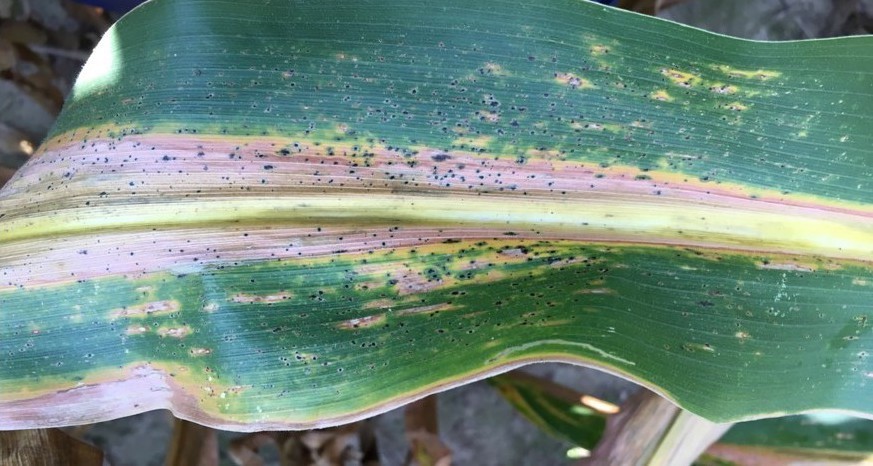
Plan a proactive tar spot treatment
If you saw tar spot in your fields last year, there’s a good chance you could see it again this season if conditions are favorable. If you’re concerned that tar spot could become a problem based on environmental conditions, a pretassel fungicide application with products that have long residual activity like Veltyma™ may be a good idea.
Most of the commonly used corn fungicides are labeled or have received a supplemental label for tar spot control. It’s important to note that these fungicides may need to be applied ahead of typical tassel-time applications for effective tar spot management if weather conditions are ideal for tar spot infection.
It’s critical that the fungicide active ingredients get deep into the canopy, where tar spot first infects crops. Adding a product such as MasterLock® adjuvant can help enhance spray coverage and improve disease control. One of the benefits of MasterLock adjuvant is that it’s not formulated with NPE, which has been linked to arrested ear syndrome in corn when applied during vegetative growth stages. That makes it an excellent adjuvant option for a pretassel fungicide application.
Future management considerations
We know that different hybrids may show different levels of tolerance to tar spot, but none are completely resistant. As seed companies breed for more tolerant hybrids, it will be easier to manage for tar spot with appropriate seed selection.
For now, rotating crops may be a good way to help limit inoculum levels in the soil and break up the disease cycle. As researchers learn more about tar spot’s biology and infection patterns, we’ll have a better understanding of additional management practices that may help reduce disease pressure.
For more information about managing for tar spot, talk with your locally owned and operated WinField United retailer.
All photos are either the property of WinField United or used with permission.
Important: Before use always read and follow label instructions. Crop performance is dependent on several factors many of which are beyond the control of WinField United, including without limitation, soil type, pest pressures, agronomic practices, and weather conditions. Growers are encouraged to consider data from multiple locations, over multiple years, and be mindful of how such agronomic conditions could impact results.
© 2020 WinField United. MasterLock® and WinField® are trademarks of WinField United. Veltyma is a registered trademark of BASF.


